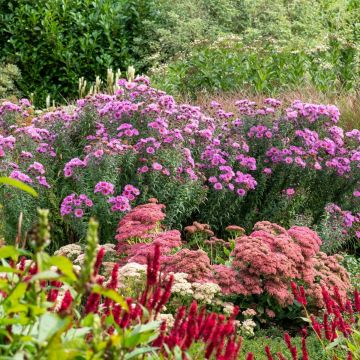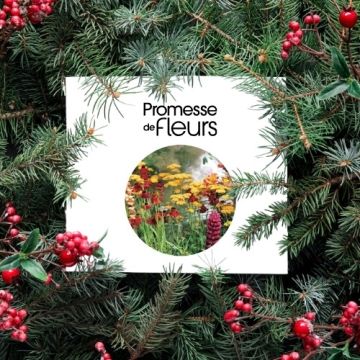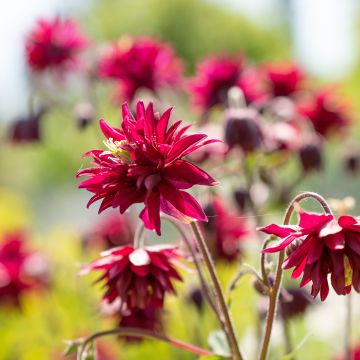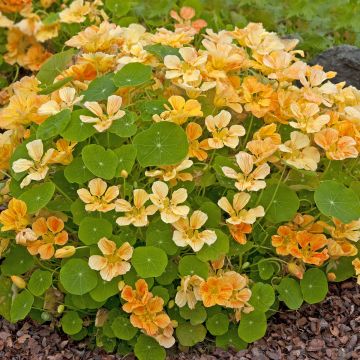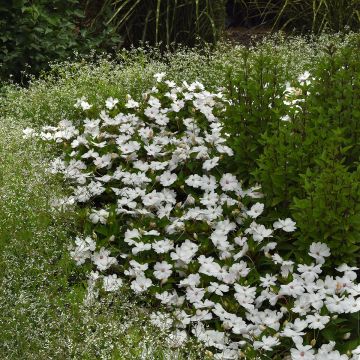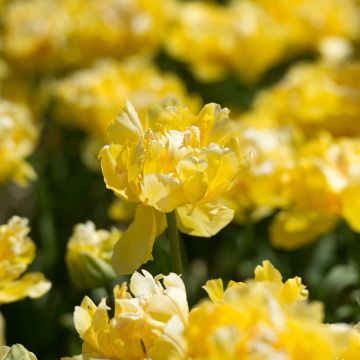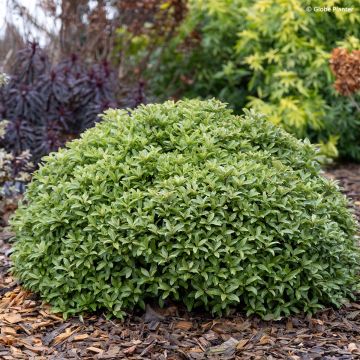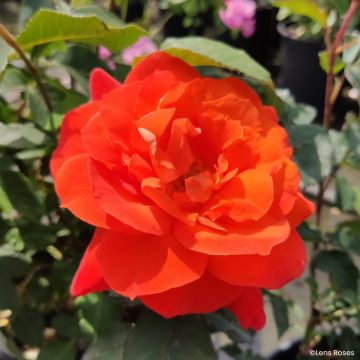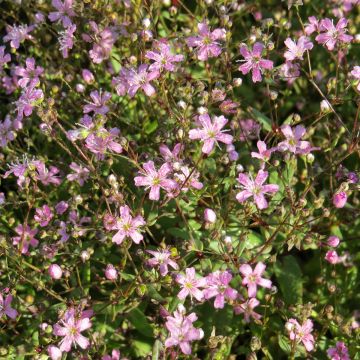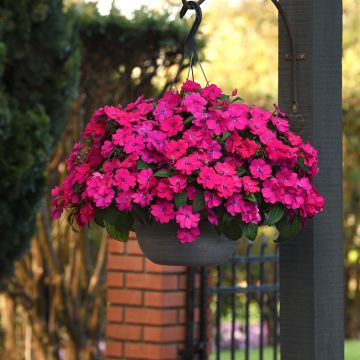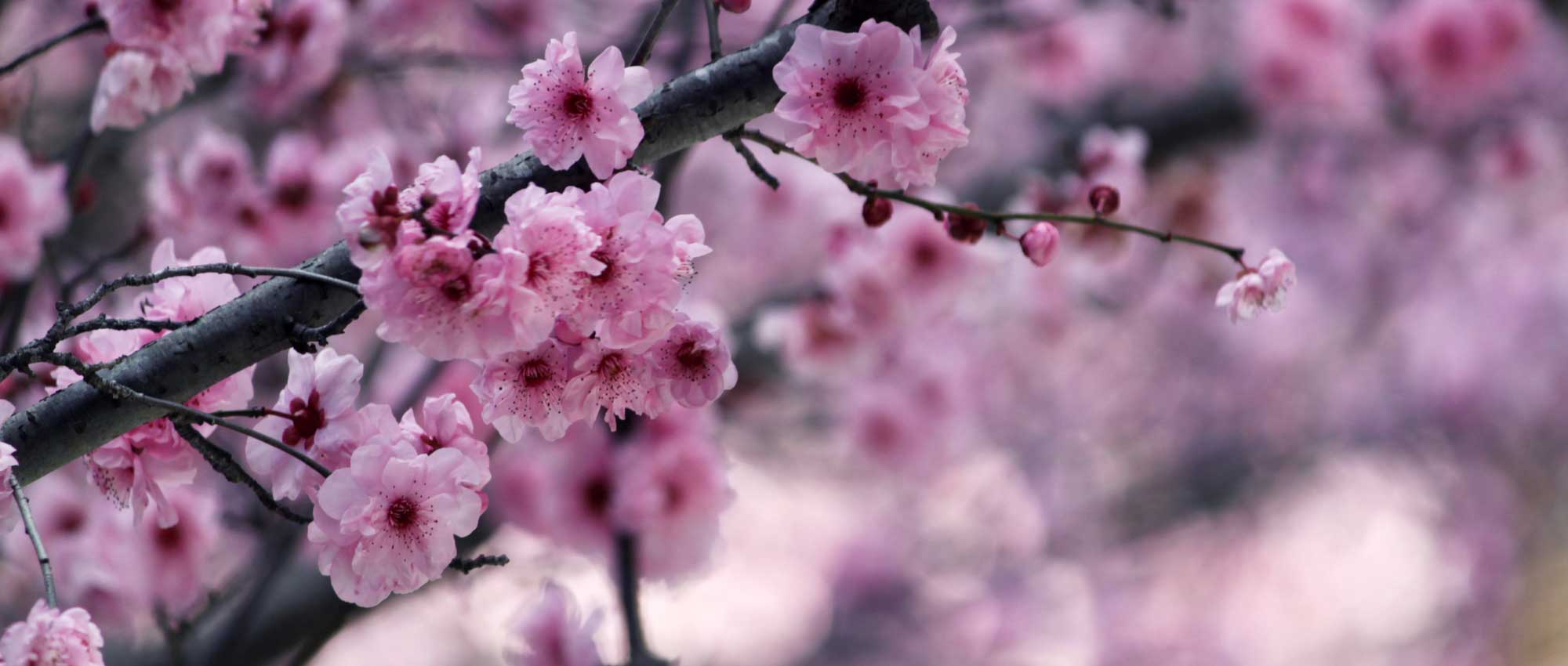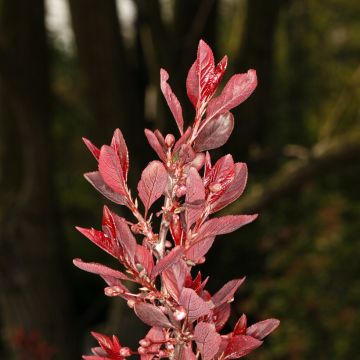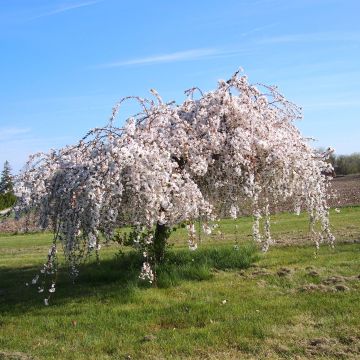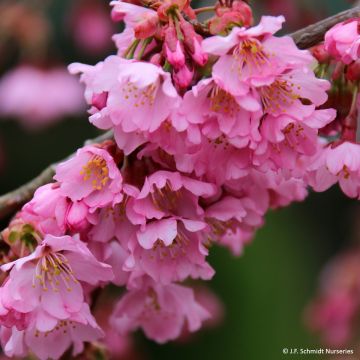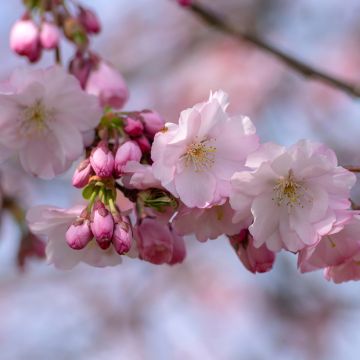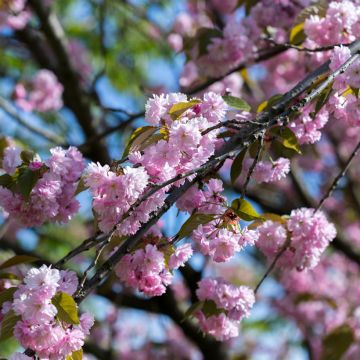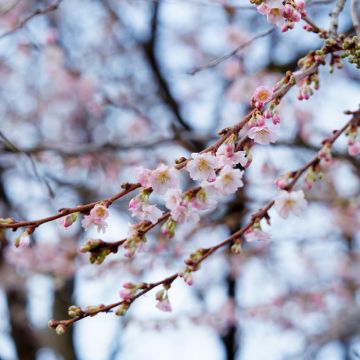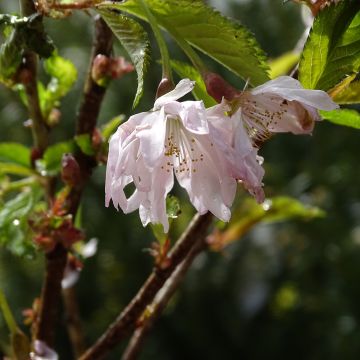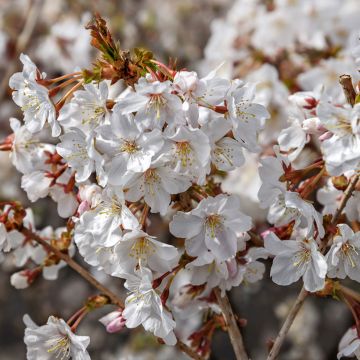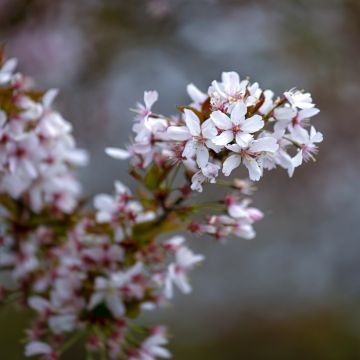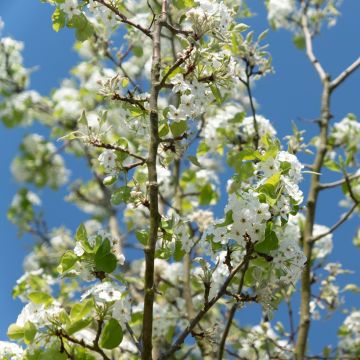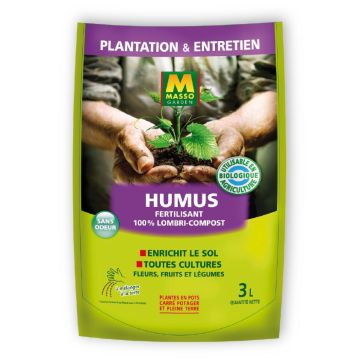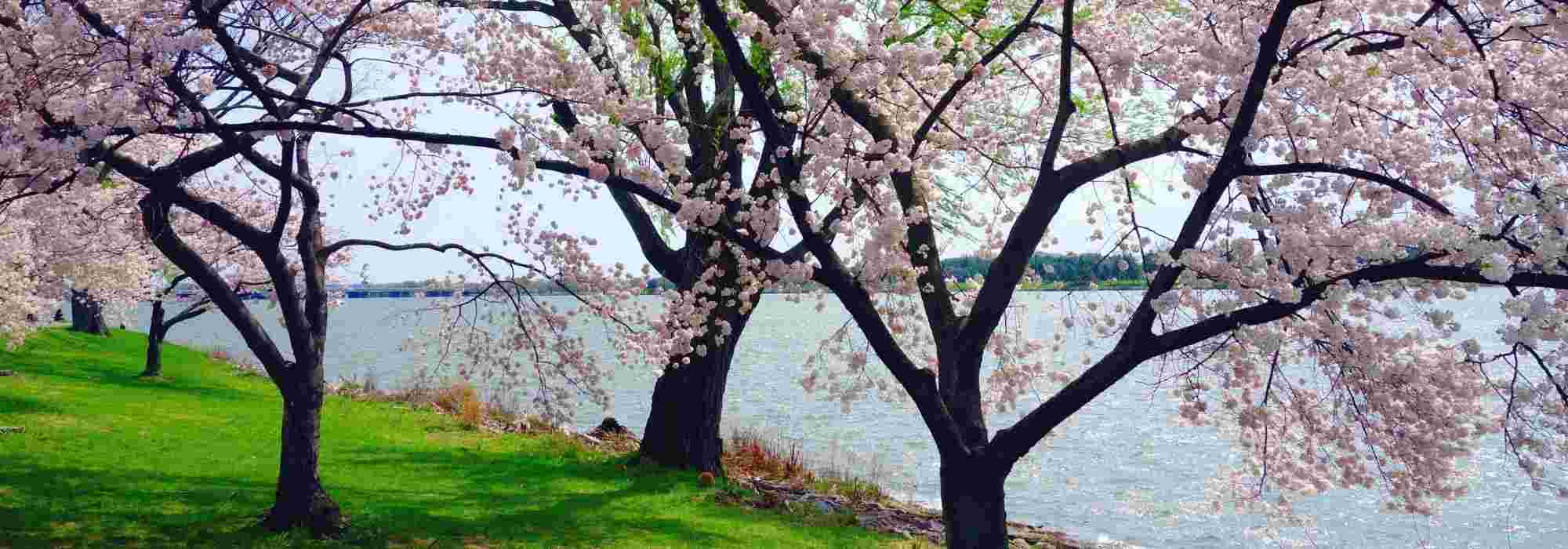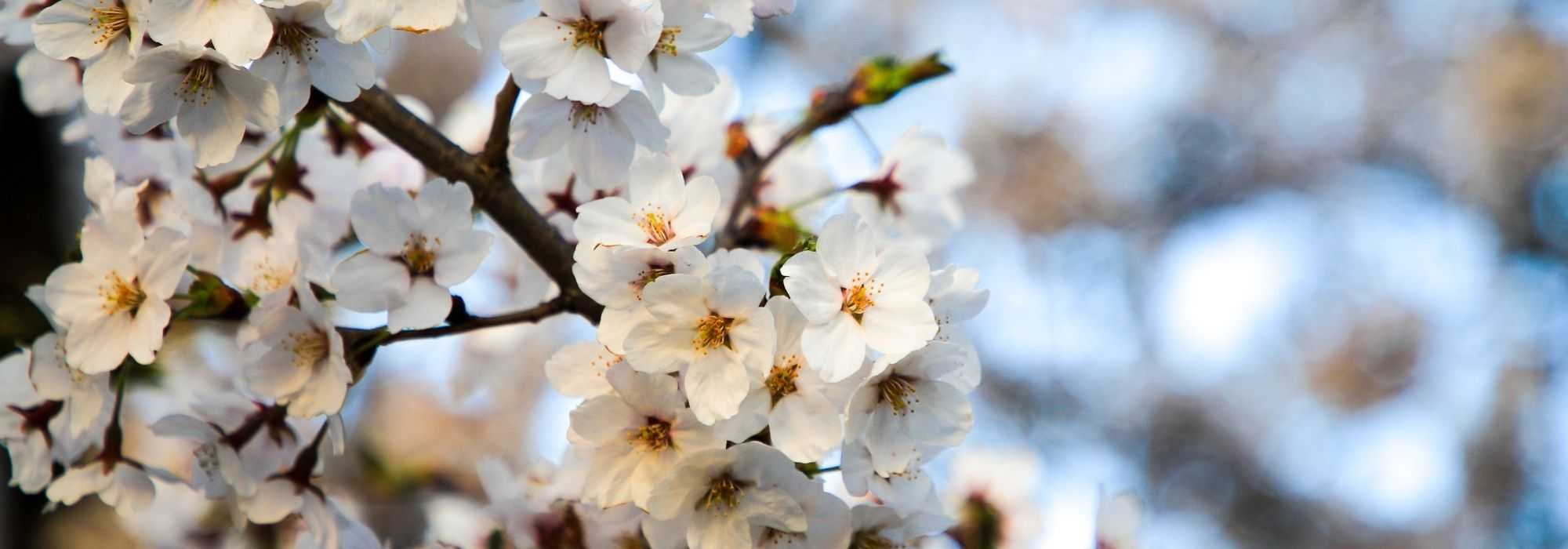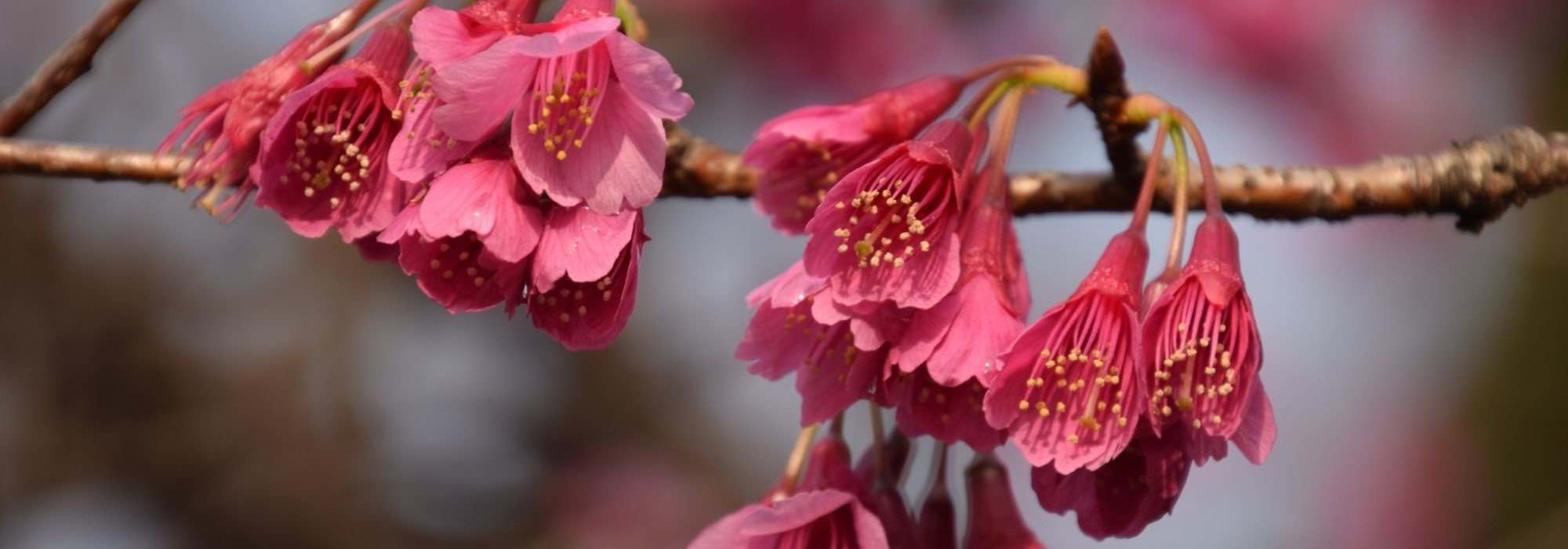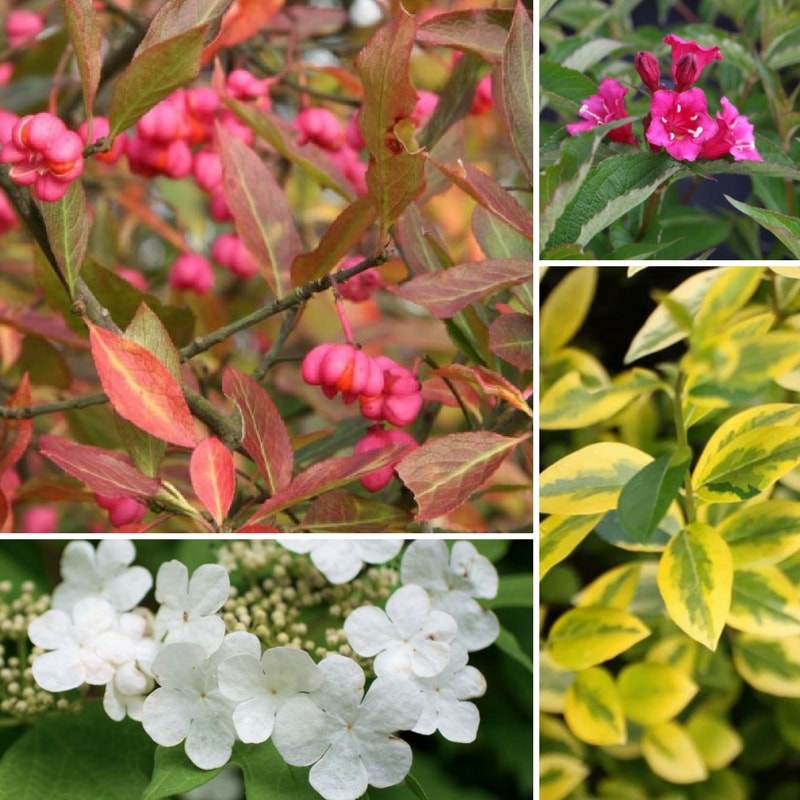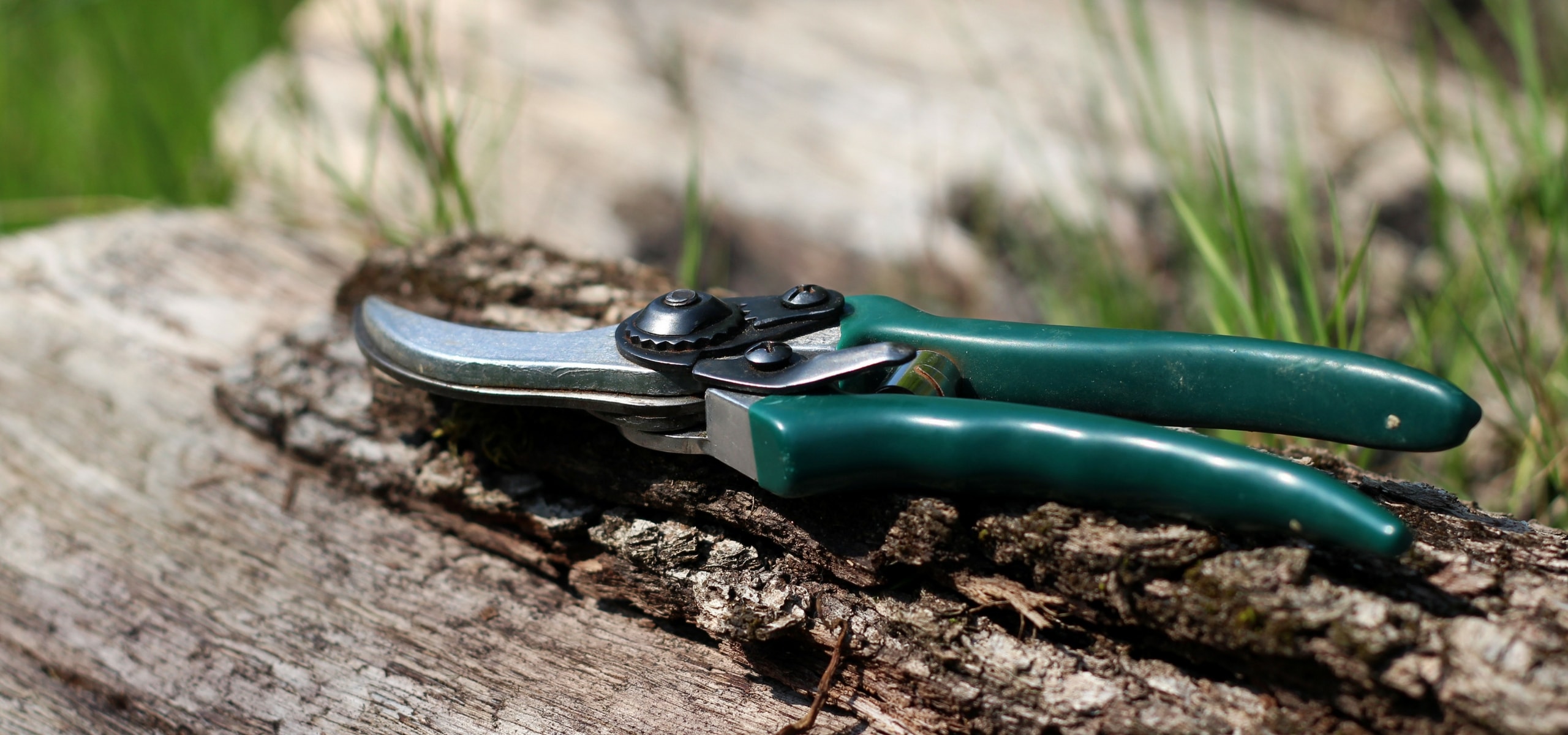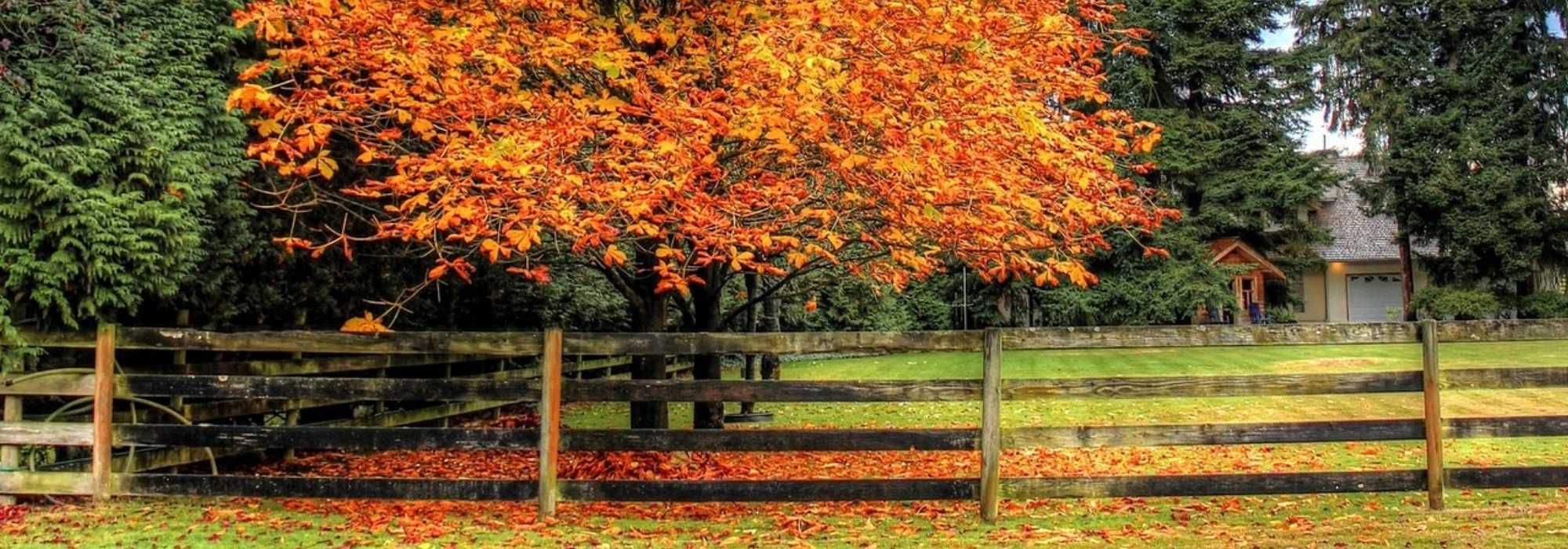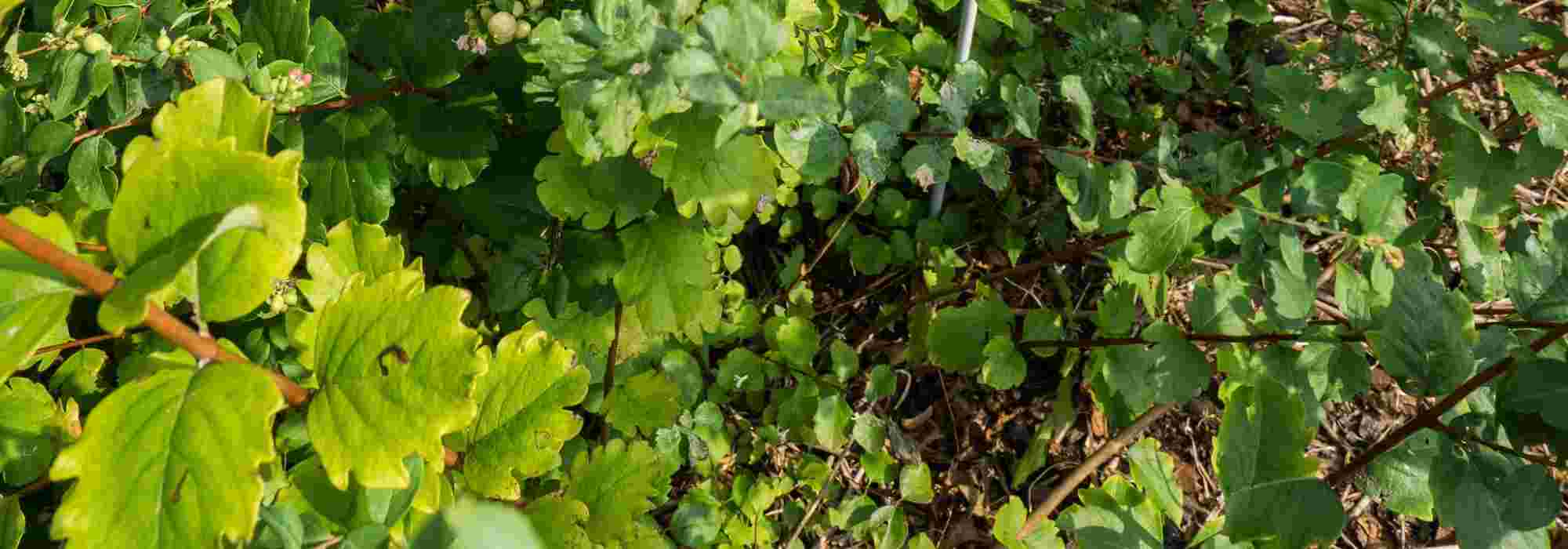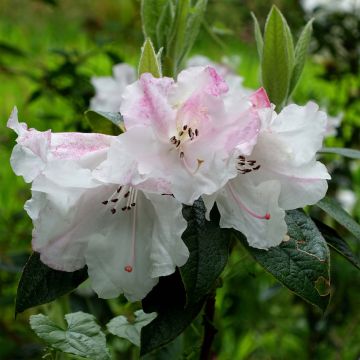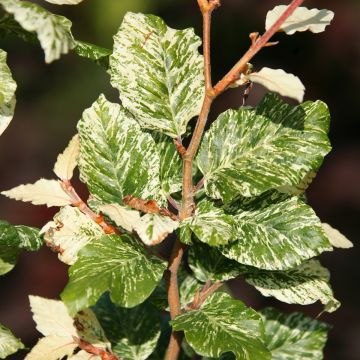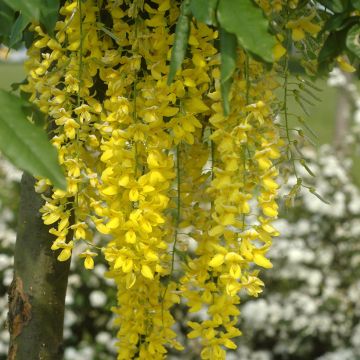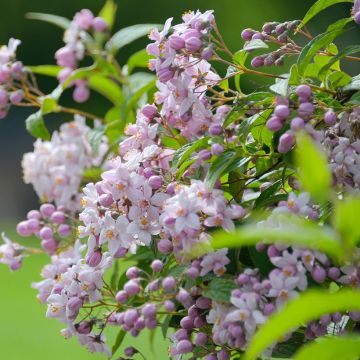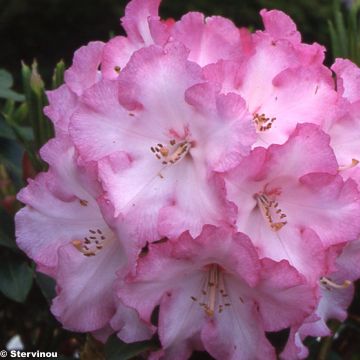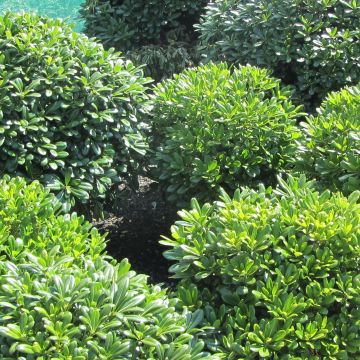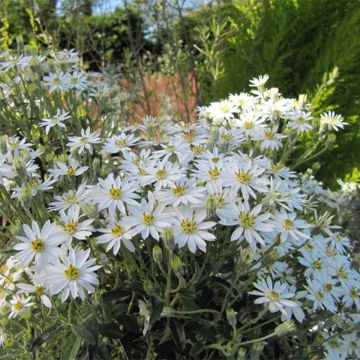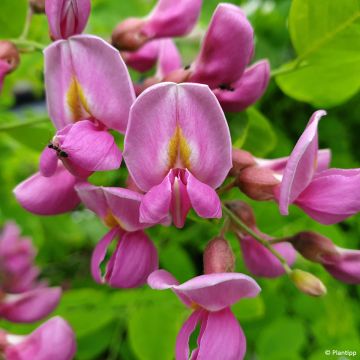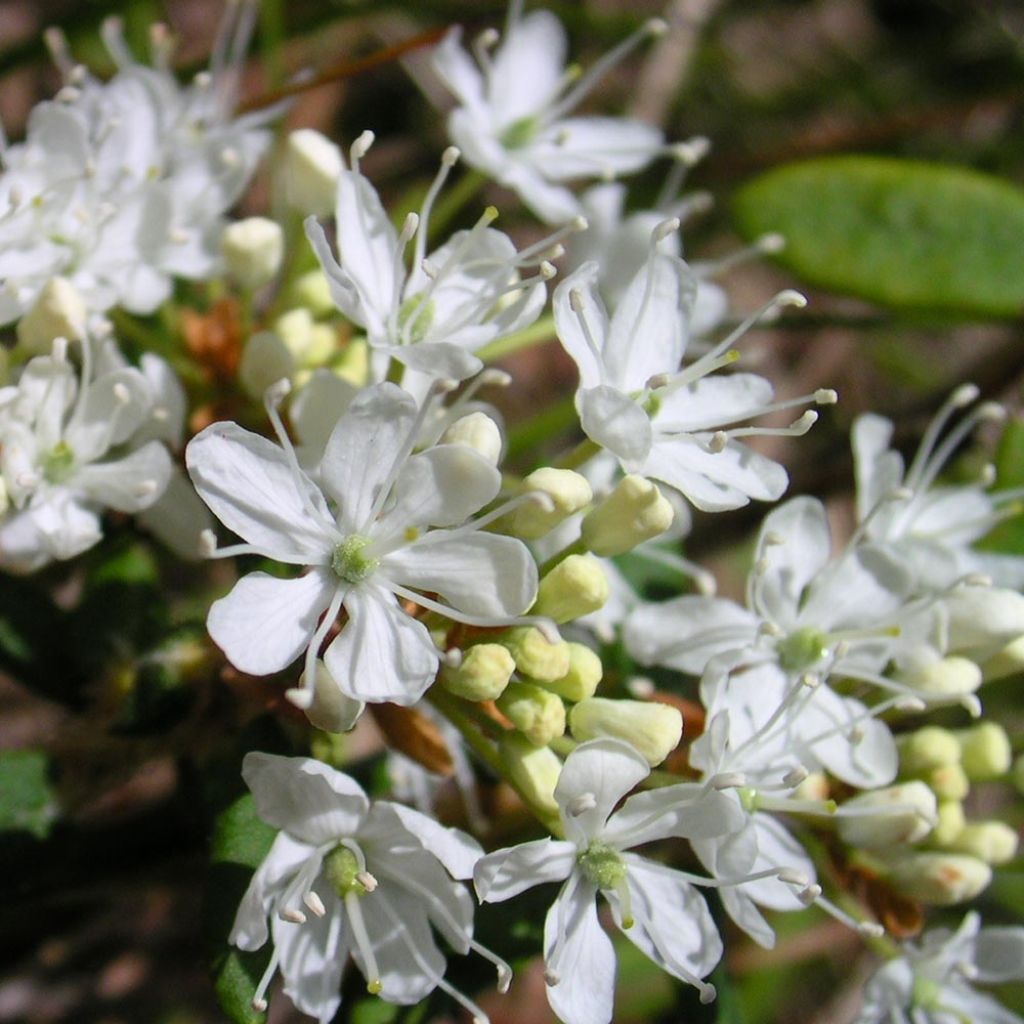

Prunus x eminens Umbraculifera
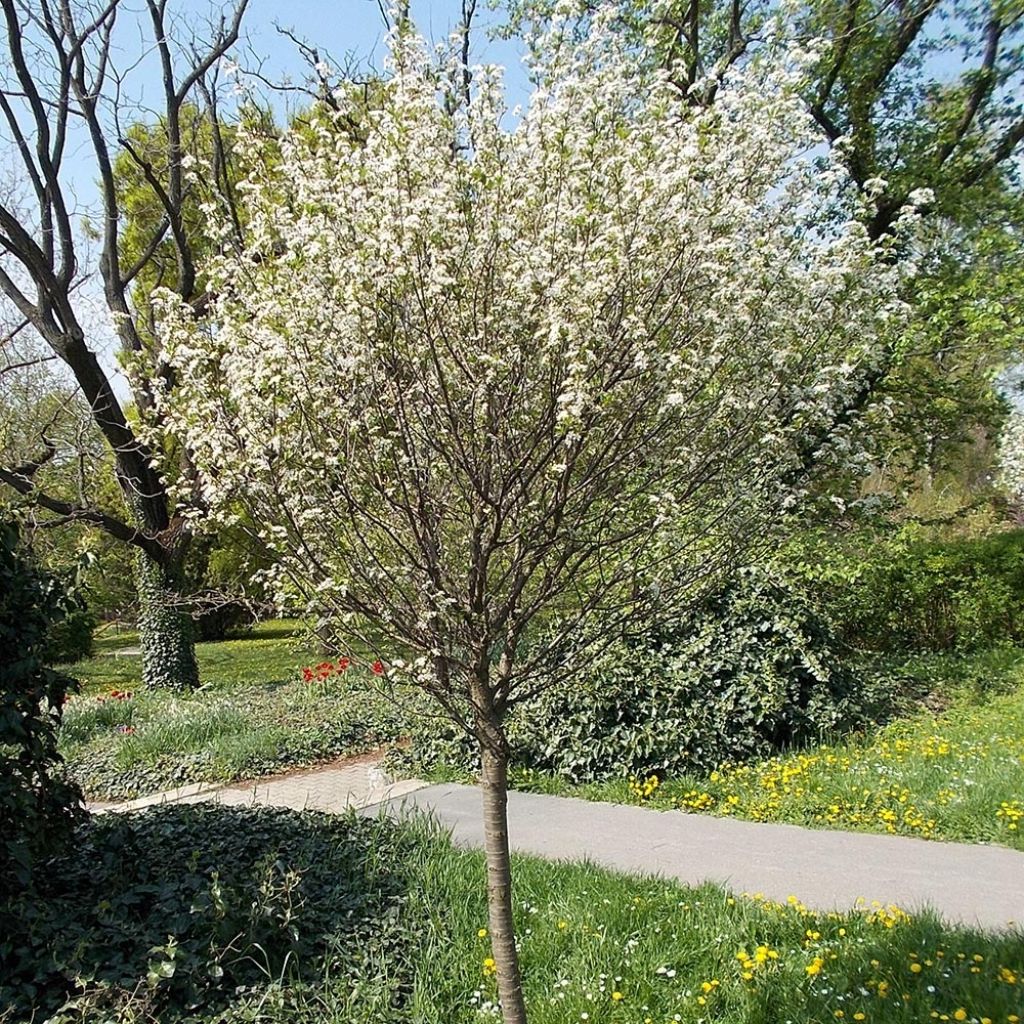

Prunus x eminens Umbraculifera
Prunus x eminens Umbraculifera
Prunus x eminens Umbraculifera
Cerisier des steppes
Special offer!
Receive a €20 voucher for any order over €90 (excluding delivery costs, credit notes, and plastic-free options)!
1- Add your favorite plants to your cart.
2- Once you have reached €90, confirm your order (you can even choose the delivery date!).
3- As soon as your order is shipped, you will receive an email containing your voucher code, valid for 3 months (90 days).
Your voucher is unique and can only be used once, for any order with a minimum value of €20, excluding delivery costs.
Can be combined with other current offers, non-divisible and non-refundable.
Why not try an alternative variety in stock?
View all →This plant carries a 24 months recovery warranty
More information
We guarantee the quality of our plants for a full growing cycle, and will replace at our expense any plant that fails to recover under normal climatic and planting conditions.
Does this plant fit my garden?
Set up your Plantfit profile →
Description
Prunus (x) eminens Umbraculifera, also known as Prunus fruticosa Globosa, is a small and refined ornamental tree that proudly displays a dense and globular crown planted on a straight trunk. This ornamental cherry tree has delicate white flowers in early spring and beautiful autumn colours. Compact and stylish, it is well suited for small gardens and creates a sensation with its a structured appearance. Moreover, it is one of the few 'ball' trees that offer a lovely flowering.
Prunus x eminens Umbraculifera is a hybrid horticultural creation, originating from the cross-breeding of Prunus cerasus, the sour cherry tree, with Prunus fruticosa, also known as dwarf plum. This hybrid, with a particularly dense and compact habit, is grafted onto a trunk most commonly from the wild cherry tree. The height of the graft point will determine the total height of the plant, as well as its cultivation requirements. All these Prunus belong to the Rosaceae family.
The growth of this small tree is rather slow, reaching an average height of 4.50m (15ft) with a 3.50m (11ft) spread for the crown. Its branches are thin and reddish-brown. The trunk bark, on the other hand, is coloured from red to reddish-brown and peels off in strips, as is the case with the wild cherry rootstock. The deciduous foliage appears after flowering and falls in autumn. It consists of small, single, finely dentate leaves measuring 3 to 5 cm (1 to 2in) in length. They are dark green, lighter underneath, and turn yellow, orange, and red in autumn. The flowering occurs in March-April on bare branches, taking the form of numerous small white flowers, grouped in small clusters measuring 1.5 cm (1in) in diameter. This nectar-rich flowering is highly visited by bees. It gives way in summer to a few rare small black cherries, approximately 1cm (1in) in diameter, with an acidic taste, sought after by birds.
This Globosa cherry tree can be used along a large avenue or as a specimen tree in a small garden. Resistant to cold, it prefers deep and moist soils, as well as gently sunny positions. It is ideally planted as a specimen tree in a city garden, at the centre of a carefully composed planting bed, for example with groundcover roses, boxwood, creeping Japanese spindle trees, or Lonicera nitida. Plant enthusiasts can also plant Robinia pseudoacacia 'Umbraculifera', as an alternative, which is better suited for dry soils.
Prunus x eminens Umbraculifera in pictures
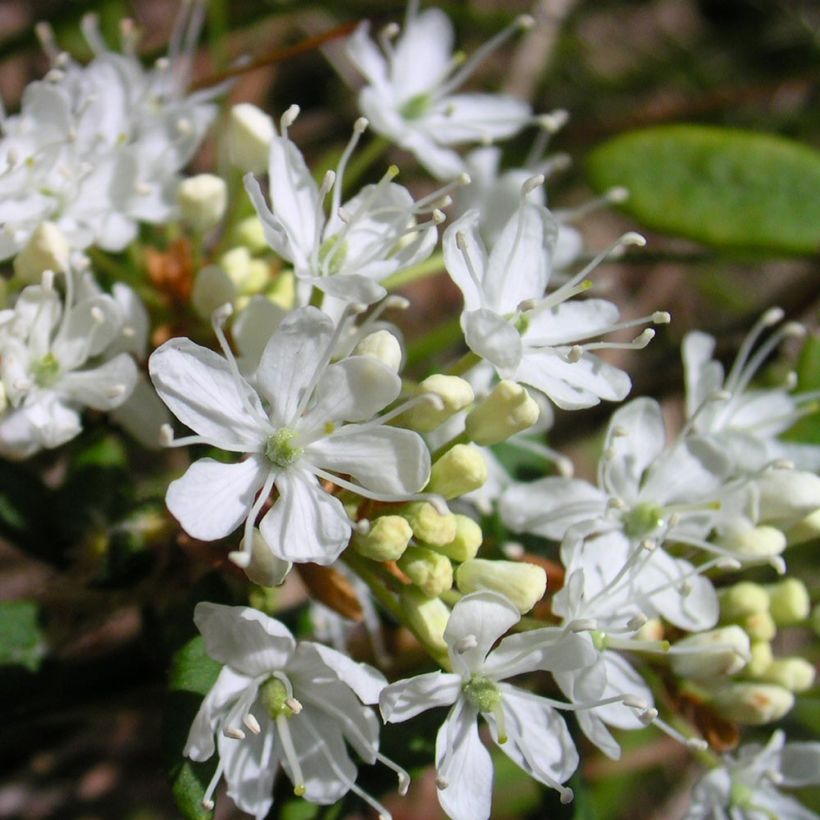

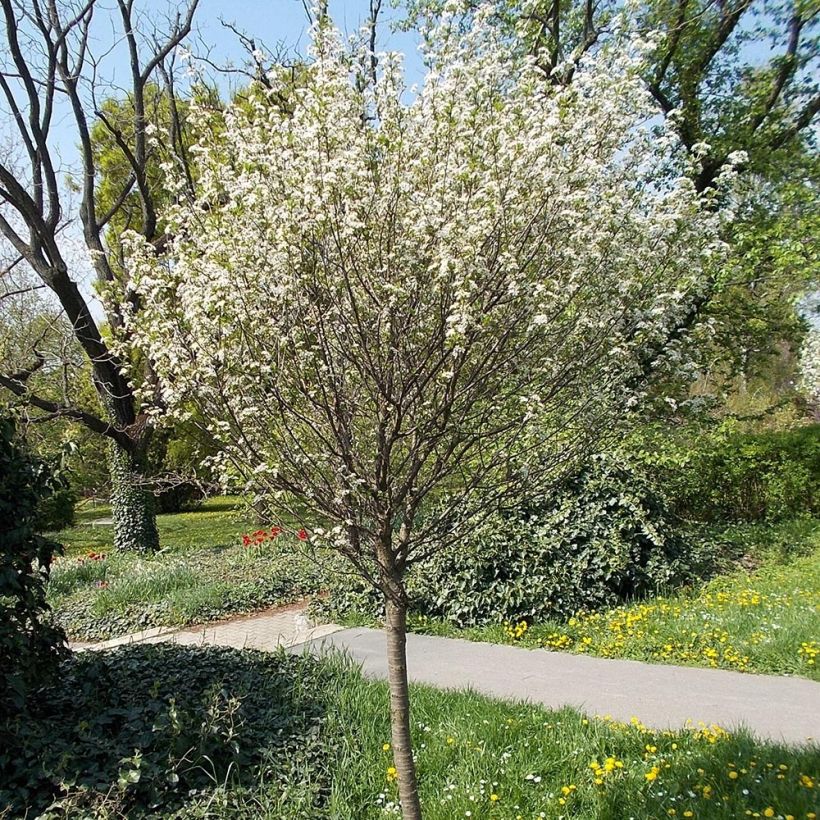

Plant habit
Flowering
Foliage
Botanical data
Prunus
x eminens
Umbraculifera
Rosaceae
Cerisier des steppes
Cultivar or hybrid
Other Prunus
View all →Planting and care
Prunus Umbraculifera thrives in indirect sun or partial shade in any fairly rich, rather moist but well-drained, acidic or calcareous soil. However, it does not appreciate substrates that are too compact or periodically or permanently waterlogged. The cherry tree rootstock, prefers a slightly acidic to slightly alkaline, moist soil. When planting, mix your soil with compost up to 50%. Dig a large planting hole. Be careful of late frosts that could damage early flowering. That's why it's preferable to place Prunus in a somewhat sheltered location. It is susceptible to brown rot (Monilia laxa) during mild and humid springs, as well as aphids. Any branch dieback may have a bacterial origin. The rootstock occasionally suckers, so it will be necessary to remove the suckers as soon as they appear at the base of the trunk.
Planting period
Intended location
Care
Planting & care advice
This item has not been reviewed yet - be the first to leave a review about it.
Similar products
Haven't found what you were looking for?
Hardiness is the lowest winter temperature a plant can endure without suffering serious damage or even dying. However, hardiness is affected by location (a sheltered area, such as a patio), protection (winter cover) and soil type (hardiness is improved by well-drained soil).

Photo Sharing Terms & Conditions
In order to encourage gardeners to interact and share their experiences, Promesse de fleurs offers various media enabling content to be uploaded onto its Site - in particular via the ‘Photo sharing’ module.
The User agrees to refrain from:
- Posting any content that is illegal, prejudicial, insulting, racist, inciteful to hatred, revisionist, contrary to public decency, that infringes on privacy or on the privacy rights of third parties, in particular the publicity rights of persons and goods, intellectual property rights, or the right to privacy.
- Submitting content on behalf of a third party;
- Impersonate the identity of a third party and/or publish any personal information about a third party;
In general, the User undertakes to refrain from any unethical behaviour.
All Content (in particular text, comments, files, images, photos, videos, creative works, etc.), which may be subject to property or intellectual property rights, image or other private rights, shall remain the property of the User, subject to the limited rights granted by the terms of the licence granted by Promesse de fleurs as stated below. Users are at liberty to publish or not to publish such Content on the Site, notably via the ‘Photo Sharing’ facility, and accept that this Content shall be made public and freely accessible, notably on the Internet.
Users further acknowledge, undertake to have ,and guarantee that they hold all necessary rights and permissions to publish such material on the Site, in particular with regard to the legislation in force pertaining to any privacy, property, intellectual property, image, or contractual rights, or rights of any other nature. By publishing such Content on the Site, Users acknowledge accepting full liability as publishers of the Content within the meaning of the law, and grant Promesse de fleurs, free of charge, an inclusive, worldwide licence for the said Content for the entire duration of its publication, including all reproduction, representation, up/downloading, displaying, performing, transmission, and storage rights.
Users also grant permission for their name to be linked to the Content and accept that this link may not always be made available.
By engaging in posting material, Users consent to their Content becoming automatically accessible on the Internet, in particular on other sites and/or blogs and/or web pages of the Promesse de fleurs site, including in particular social pages and the Promesse de fleurs catalogue.
Users may secure the removal of entrusted content free of charge by issuing a simple request via our contact form.
The flowering period indicated on our website applies to countries and regions located in USDA zone 8 (France, the United Kingdom, Ireland, the Netherlands, etc.)
It will vary according to where you live:
- In zones 9 to 10 (Italy, Spain, Greece, etc.), flowering will occur about 2 to 4 weeks earlier.
- In zones 6 to 7 (Germany, Poland, Slovenia, and lower mountainous regions), flowering will be delayed by 2 to 3 weeks.
- In zone 5 (Central Europe, Scandinavia), blooming will be delayed by 3 to 5 weeks.
In temperate climates, pruning of spring-flowering shrubs (forsythia, spireas, etc.) should be done just after flowering.
Pruning of summer-flowering shrubs (Indian Lilac, Perovskia, etc.) can be done in winter or spring.
In cold regions as well as with frost-sensitive plants, avoid pruning too early when severe frosts may still occur.
The planting period indicated on our website applies to countries and regions located in USDA zone 8 (France, United Kingdom, Ireland, Netherlands).
It will vary according to where you live:
- In Mediterranean zones (Marseille, Madrid, Milan, etc.), autumn and winter are the best planting periods.
- In continental zones (Strasbourg, Munich, Vienna, etc.), delay planting by 2 to 3 weeks in spring and bring it forward by 2 to 4 weeks in autumn.
- In mountainous regions (the Alps, Pyrenees, Carpathians, etc.), it is best to plant in late spring (May-June) or late summer (August-September).
The harvesting period indicated on our website applies to countries and regions in USDA zone 8 (France, England, Ireland, the Netherlands).
In colder areas (Scandinavia, Poland, Austria...) fruit and vegetable harvests are likely to be delayed by 3-4 weeks.
In warmer areas (Italy, Spain, Greece, etc.), harvesting will probably take place earlier, depending on weather conditions.
The sowing periods indicated on our website apply to countries and regions within USDA Zone 8 (France, UK, Ireland, Netherlands).
In colder areas (Scandinavia, Poland, Austria...), delay any outdoor sowing by 3-4 weeks, or sow under glass.
In warmer climes (Italy, Spain, Greece, etc.), bring outdoor sowing forward by a few weeks.






























